Thinkware Q800 Pro review
This do-it-all dash cam shoots in 2K and offers a wide range of driver safety systems

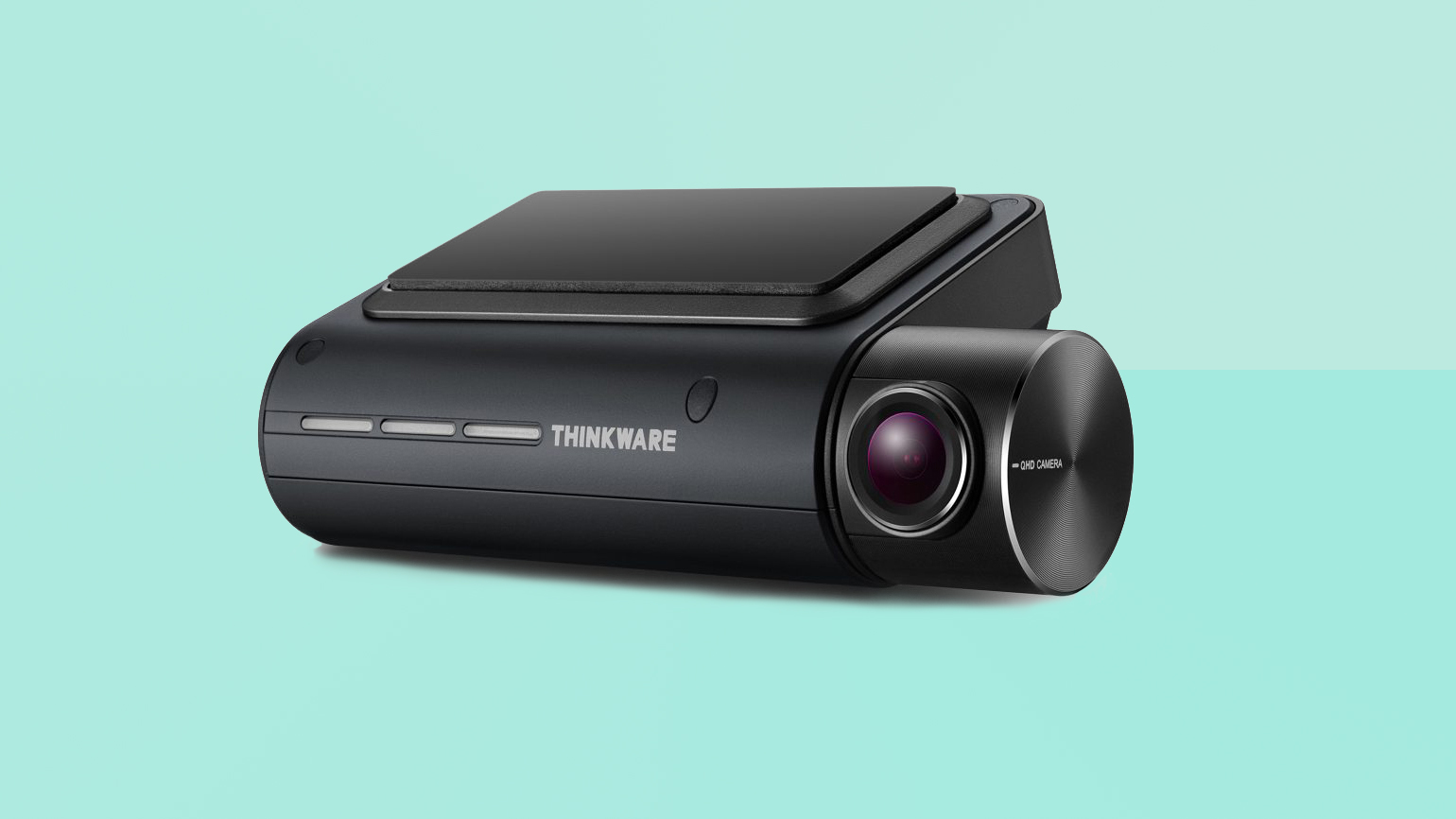
The Thinkware Q800 Pro is a dash cam packed full of features and driver safety systems. It records at 2K resolution and can be used with a second rear-facing camera, too. But the high price and huge feature set might put some buyers off.
-
+
2K video recording
-
+
Great build quality
-
+
Packed full of features
-
-
Won’t fit neatly on every windscreen
-
-
Too many features for some
-
-
Expensive
Why you can trust T3

Dash cams come in all shapes and sizes, and the Thinkware Q800 Pro is certainly one of the largest on sale today. It does without a display, but makes up for this by offering QHD resolution video, a wide range of driver safety features, and the option for fitting a secondary rear-facing camera.
The Q800 Pro is powered by your car’s 12V socket instead of USB, but can be hardwired for a more seamless experience and the option of recording collisions detected while parked.
- These are the best dash cams
Thinkware Q800 Pro review: Video quality
This is where the Q800 Pro sets itself apart from much of the competition. Unlike most other dash cams which record video at 1080p Full HD, the Q800 offers 2K QHD. This means a resolution of 2560 x 1440, which in turn means sharper, higher quality video with key details like number plates being easier to see than with an HD camera.
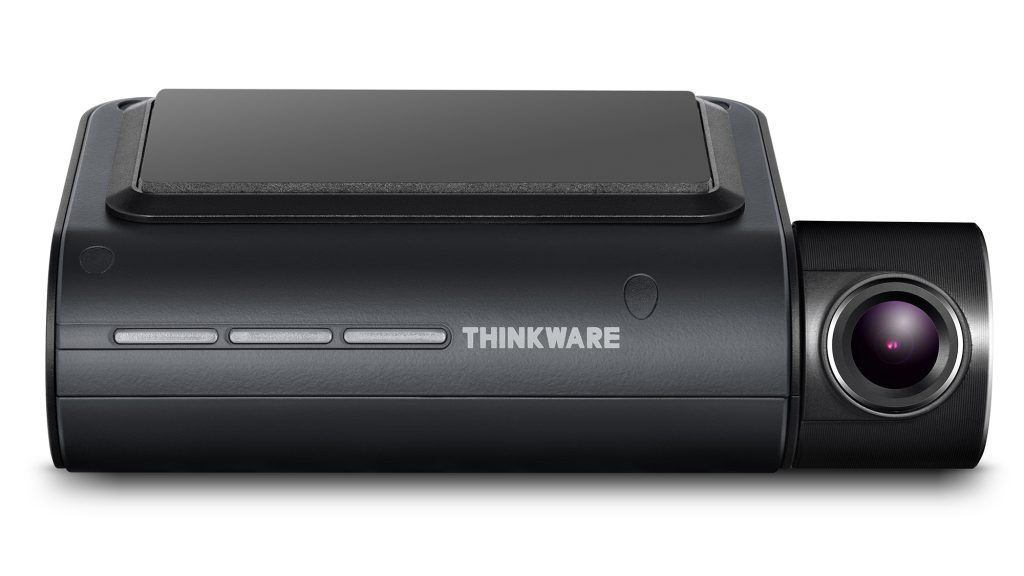
We found the camera to live up to expectations, producing sharper and more detailed video than other HD dash cams, but without creating enormous files, as is the case with dash cams that shoot in 4K, like the Nextbase 612GW.
Video is recorded through a 140-degree wide-angle lens, which is as wide as most dash cams go. The theory here is that, while a 160- or 180-degree lens would offer an even wider view of the road ahead, capturing more evidence in the event of a crash, wide-angle lenses tend to distort the picture.
We found 140-degrees with the Q800 Pro to be wide enough, but the camera’s large size means it can be difficult to mount it in the middle of the windscreen, especially if your car has a small windscreen and large housing below the rearview mirror for its lane departure warning camera.
But, so long as you have space to mount the camera high and centrally, it provides excellent video recordings during the day and night, with the latter aided by Thinkwave’s Super Night Vision 2.0.
Get all the latest news, reviews, deals and buying guides on gorgeous tech, home and active products from the T3 experts
The Q800 Pro we were provided for review came with an optional rear-facing camera, which increases the price from £249 to £329, and increases the included memory card from 16Gb to 32GB. The secondary camera records 1080p resolution at 30 frames per second, so isn’t quite as sharp as the front camera, but is much smaller (56 x 23 x 28mm) and perfectly adequate for recording footage through the rear windscreen.
This is a great addition to have, but means running a cable through the entire length of your car from one camera to the other. Realistically, unless you drive a small two-seater you will want to have the rear camera professionally installed, so that the cable is hidden behind your car’s interior panels, or under the carpet.
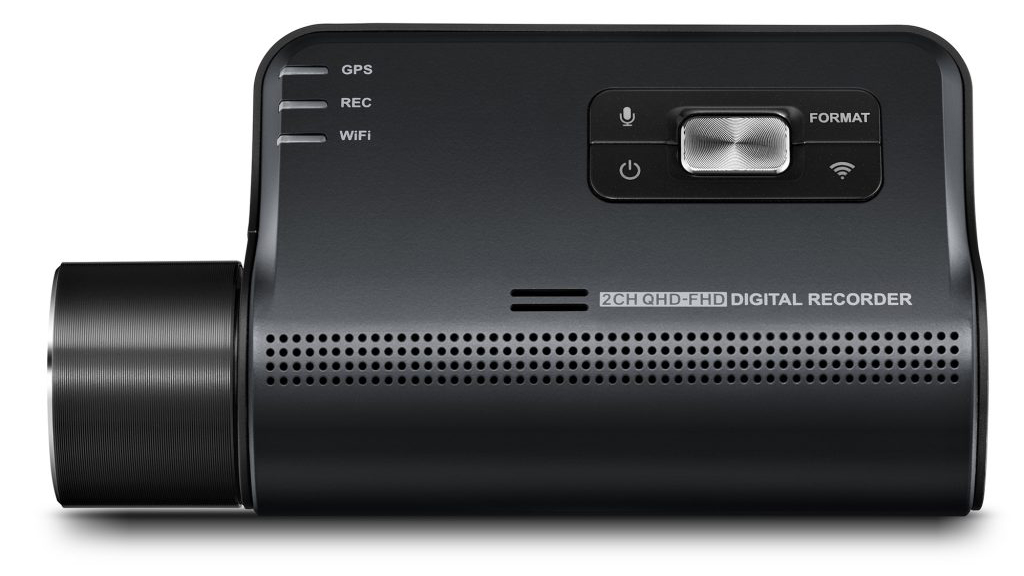
Thinkware Q800 Pro review: Design
The Q800 Pro has a large footprint compared to most dash cams, but its relatively low profile means it is subtle and neatly out of sight once fitted to the windscreen using the included 3M adhesive.
Once the mounting plate is stuck to your windscreen, the camera slides on and off relatively easily. But we think the Q800 Pro’s design is subtle enough to be left in place at all times; if you have it professionally installed and hide the cable neatly, it looks like it was fitted to your car at the factory.
Thinkware has finished the Q800 Pro with a soft-touch plastic which gives the camera a premium, well-made feel, while the lens housing is metal, cold to the touch, and rotates approximately 90 degrees with a satisfying movement.
This adjustability means the camera gets a good view of the road ahead, no matter the angle of your windscreen.
As you will have noticed, the Q800 Pro doesn’t have a display. On one hand, this means there is less chance of you being distracted and tempted to interact with the camera while driving. But it also means adjusting the camera’s settings and viewing videos back is more time-consuming.
Instead of a display, the Q800 Pro has five buttons for quick functions like muting the microphone, connecting to your phone via Wi-Fi, and switching the camera on or off. The back is home to a microSD card slot (maximum capacity 128GB), while around the side you’ll find the DC power socket and a port for connecting an optional rear-facing camera.
The camera measures 107 x 61 x 33mm and weighs 107.5g.
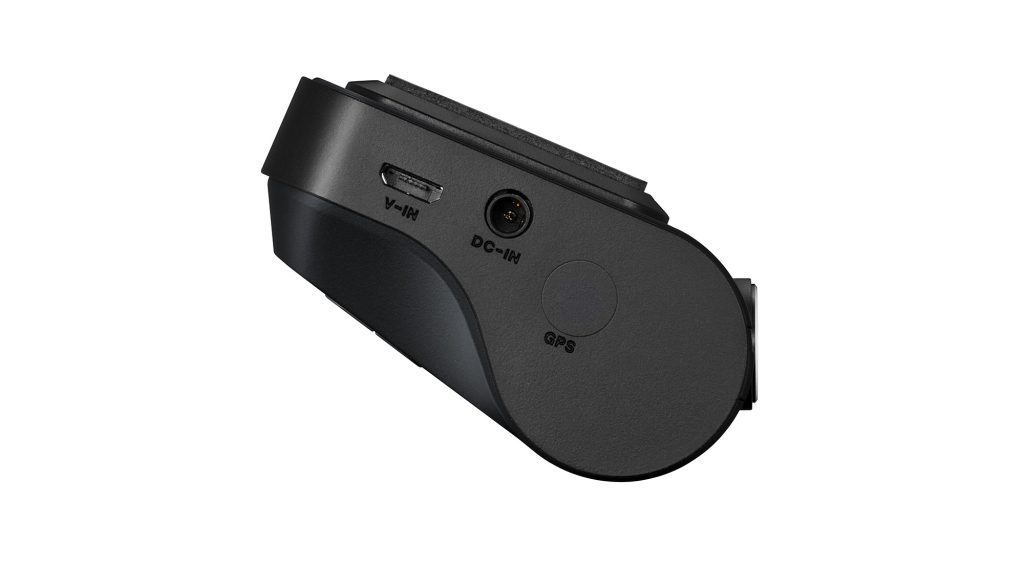
Thinkware Q800 Pro review: Features
Despite its lack of display, the Q800 Pro has a wide range of driver safety and assistance features. These include the aforementioned Super Night Vision 2.0, which brightens nighttime footage without blowing out the highlights.
An integrated GPS antenna means your location and speed can be added to every video recorded by the camera, along with the time and date.
By combining its view of the road ahead with accurate GPS positioning, the camera can warn you about red lights, speed cameras and average speed cameras. It also understands your position on the road and the distance to the vehicle in front to help warn you if you drift out of your lane, and if it thinks you are going to run into the vehicle ahead. Like other Thinkware cameras, the Q800 Pro can also be set to alert you if you don’t notice the car in front has set off.
The camera also calculates how closely you are following the vehicle ahead, and issues three levels of warnings based on the risk your tailgating might pose.
All of this might sound like overkill, and for some drivers this could well be true. But if your car doesn’t have any of these features already installed, and you want access to them, then the Q800 Pro includes a comprehensive suite of assistance and safety systems.
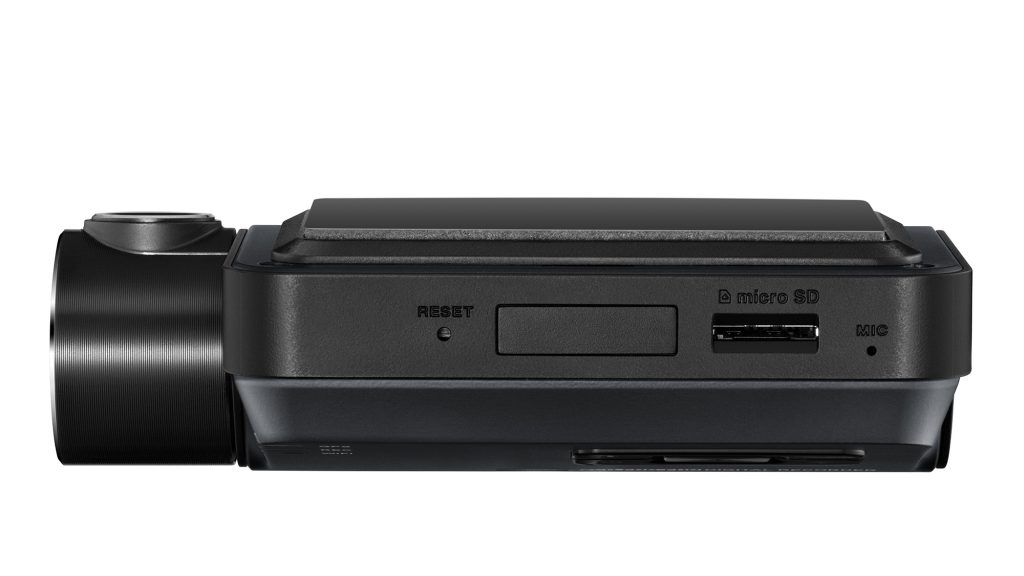
Things can get a little confusing, however, when the camera issues various beeps, alerts and commands at you, and, just like the systems installed by car manufacturers themselves, it isn’t foolproof, and will make the occasional mistake.
Each of the above-mentioned systems can be switched on or off, but only via the Thinkware Cloud smartphone app. As such, you’ll probably want to test out each feature over a number of journeys before heading into the app and deciding which you want to keep, and which you want to disable.
Like most other dash cams, the Q800 Pro can be set to record continuously, saving footage into one-minute segments, to only record when it detects a collision (including 10 seconds of footage prior to the incident), or to record only when you press the button.
Finally, an energy-saving parking mode can be activated when you leave your car. This uses a third less energy and starts recording a 20-second clip within a second of a collision being detected. This means it won’t capture the incident itself, but should record useful footage of the aftermath.
Parking mode can only be used when the Q800 Pro is hardwired to the car, instead of being connected to the 12V socket.
Thinkware Q800 Pro review: Software
Previous Thinkware dash cams have used the company’s antique-looking Dashcam Viewer smartphone app, which did the job but looked like something from the 90s. Thankfully, the Q800 Pro uses the newer Thinkware Cloud app.
This app is used to setup the camera, and includes a useful live view with markers to help you correctly position the camera before adhering it to your windscreen. The app is also where you can adjust the camera’s many settings, tweak the sensitivity of the G-sensor, and download saved files to your phone over a direct Wi-Fi connection.
However, this is fairly slow and we found it easier to take out the microSD card and transfer the video files to our computer.
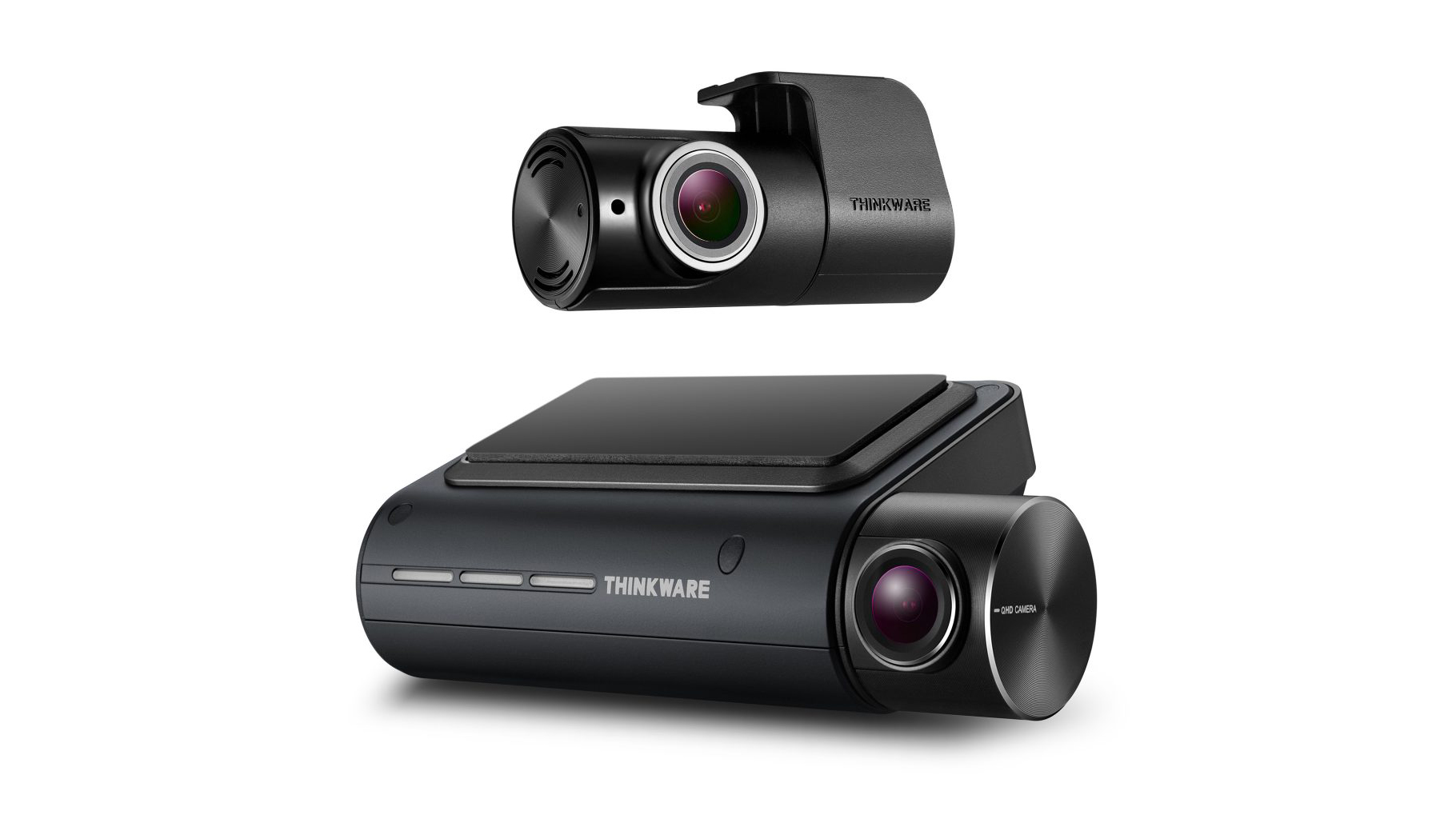
A feature of the Q800 Pro not seen on many dash cams is cloud connectivity. By connecting to the internet via the Thinkware Cloud app running on the driver’s smartphone, the dash cam can send an alert to the owner’s phone if it is involved in a crash, or is driven beyond a user-defined, geo-fenced location.
These features are intended mostly for fleet managers to keep an eye on their vehicles from afar, or for parents who want to know where their children are driving.
Thinkware Q800 Pro review: Verdict
As you may have noticed by now the Q800 Pro is a feature-packed dash cam which requires a bit of time to learn how to use and set up correctly. Its 2K image quality is excellent, and the option of fitting a rear camera is really nice to see, even if it means the extra expense of getting the system professionally installed to hide the cables.
The camera should fit neatly behind the rearview mirror of most cars, but if yours already has a camera there for its own lane departure warning system, then the dash cam might have to sit in a more prominent position.
Thinkware’s smartphone app works well, and although still basic it’s a world away from the antiquated previous version.
Ultimately, it depends what you want from your dash cam. If all you want is a reliable way to record video in the event of a collision, there are many cheaper, smaller and simpler options available. But if you want all of the extra driver assistance and safety features offered by the Thinkware Q800 Pro, then we can think of few others that fit the bill.
Liked this?
Alistair is a freelance automotive and technology journalist. He has bylines on esteemed sites such as the BBC, Forbes, TechRadar, and of best of all, T3, where he covers topics ranging from classic cars and men's lifestyle, to smart home technology, phones, electric cars, autonomy, Swiss watches, and much more besides. He is an experienced journalist, writing news, features, interviews and product reviews. If that didn't make him busy enough, he is also the co-host of the AutoChat podcast.
